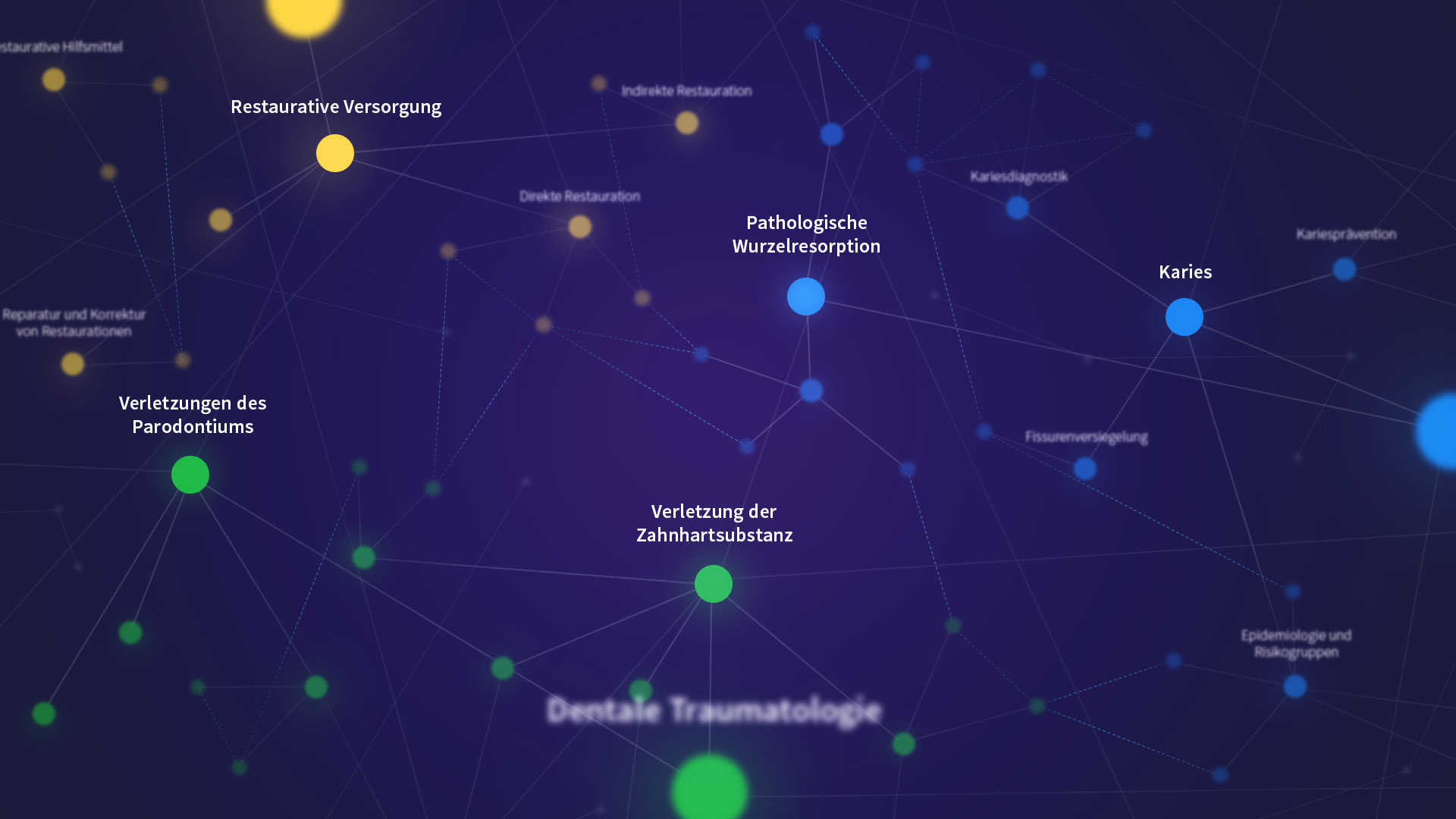
DentaKnow
As early as 2016, the medical faculty of the Universität Ulm in cooperation with redPlant, set new standards in the field of e-learning and applications such as eMed, MDecide and virtual Transösophageale Echokardiographie followed. Now the Clinic for Dental Conservation and Periodontology is expanding its repertoire with a new knowledge database called DentaKnow.

Universe of knowledge
DentaKnow opens itself to students and teachers as a large 3D knowledge universe and offers different learning methods to dive into the depths of knowledge. At the same time, it supports the teachers to easily and intuitively integrate their content into this universe and also the students to acquire the content in a structured & successive or individual & explorative way.


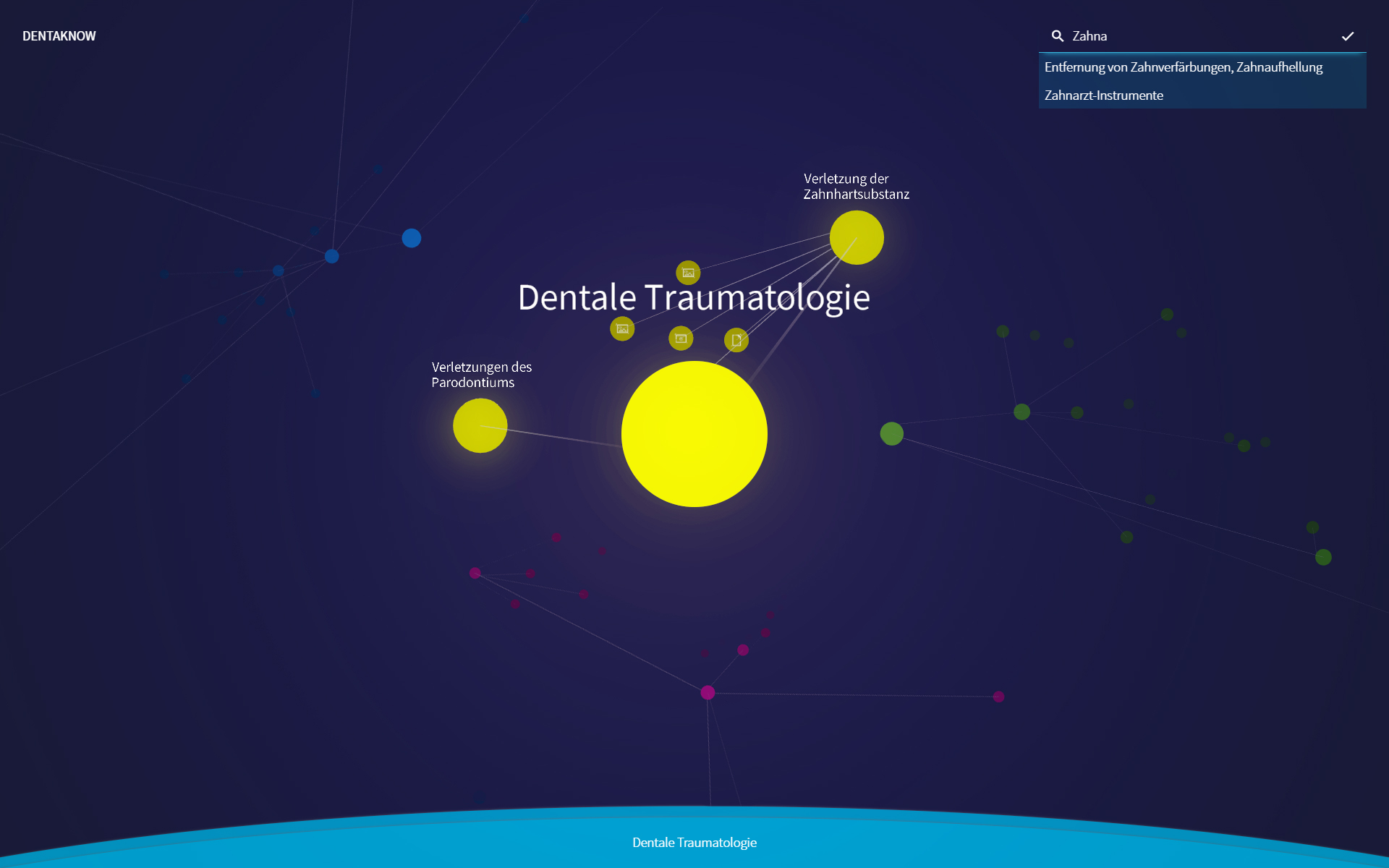
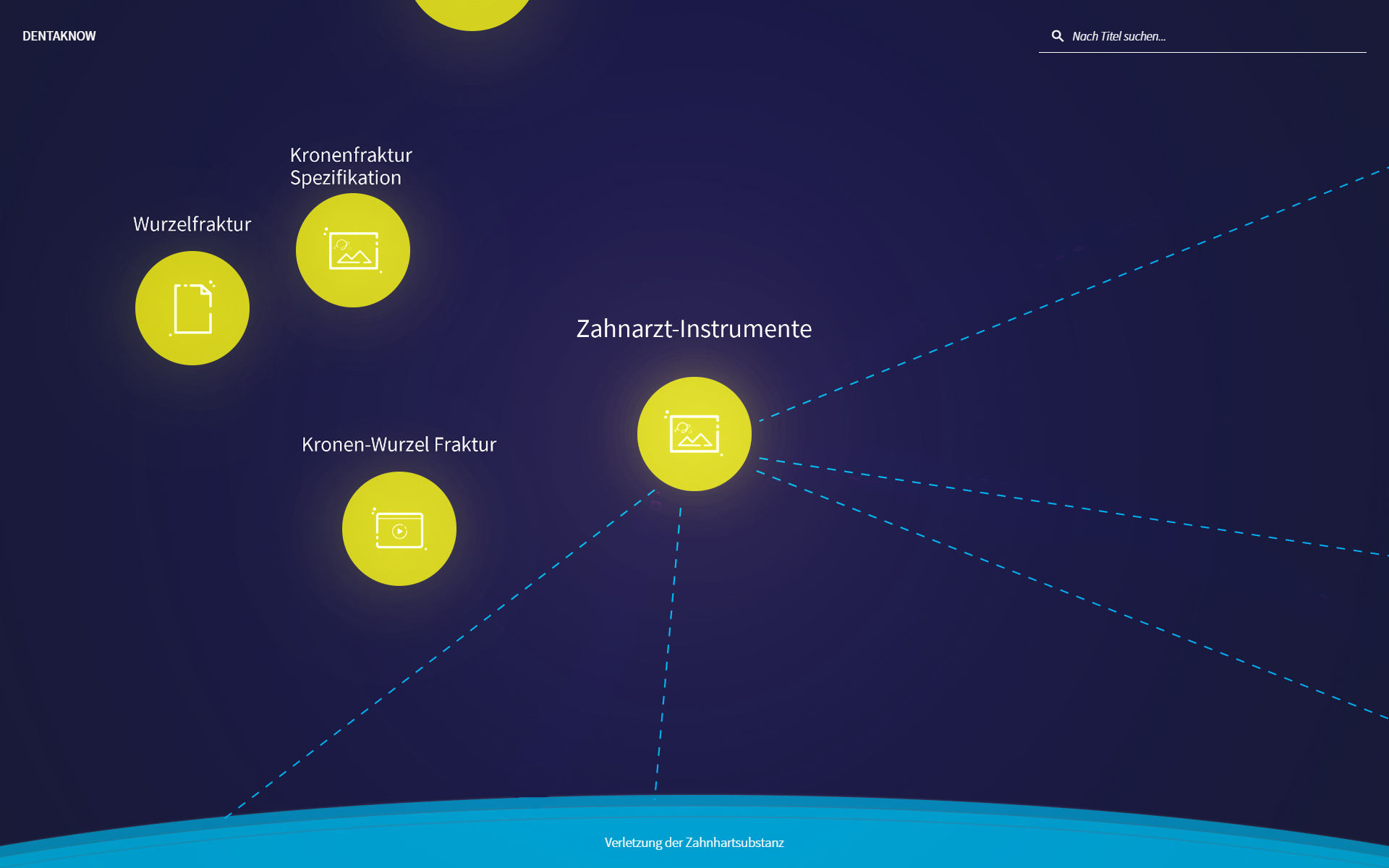

In a few steps to a whole universe
In the corresponding content management system, the individual learning contents are encapsulated in content elements and equipped with further features regarding their linking to each other. At the same time, a flexible structure is created in which the content elements can be easily arranged. Finally, by inserting links between the individual content elements, a complex graph is created from this classic tree structure, which is dynamically structured.
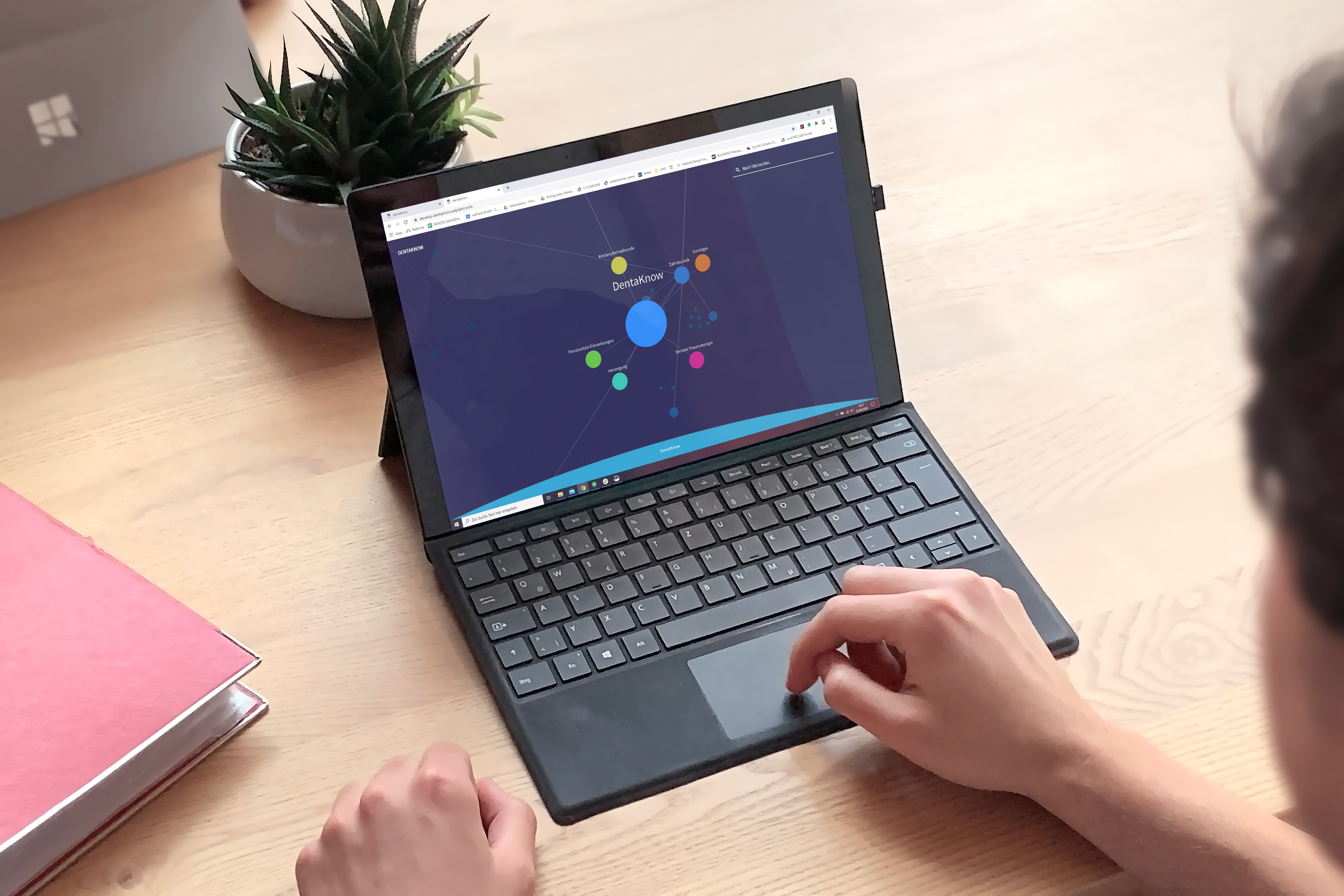
Linear vs. explorative learning
Everyone learns individually! The structure created in the CMS allows students to navigate linearly through the different areas of knowledge. In addition, the dynamic links of the content elements also enable explorative learning. The students move inside the structure and jump from one piece of knowledge to another. In this way, the learning content can be learned in an informal and self-determined way.
Into the deep, but Safety First
The visualization of the outline and content elements is made possible by means of bubbles of different colors arranged in a 3D graph. Based on the depth information of the 3D graph, the bubbles and their connecting lines change their visual form, making interactive navigation in 3D space child's play. The current location in the graph is displayed in a breadcrumb menu as an aid. It is also possible to navigate back in the graph.
Always along the graph...
Thanks to the orthographic view into the 3D scene and the intelligent zoom behaviour, students can safely navigate through the complex graph, even to distant content elements. By clicking on the main points, the corresponding sub-points are presented straight forward and positioned directly around the selected main point.
...or in free flight?
If, on the other hand, the student wishes to experience all bubbles, i.e. the outline and content elements, in their original location in 3D space, he can move freely at any time in the graph between the bubbles and explore the 3D knowledge universe.
It all depends on the filling
In the CMS, images, videos and PDFs can be integrated into the knowledge universe quite intuitively via drag & drop or via a classic upload. The asset management provides a good overview as well as a targeted search for the assets. Depending on their type, these assets can be provided with various additional properties via the content element for links.
Video
Important parts of the video can be marked by placing markers on the video timeline. These can then be used to link other content elements.
In the PDF, important pages can be indicated by marking the page number. These are then available for linking to other content elements.
Image
Markers are available for highlighting important parts of the image. These can be set on the image with a defined radius and can also be linked.
Container
Containers structure the content elements and the assets they contain. Containers can be nested and re-sorted in CMS simply by drag & drop.

Everything has its place
Whether outline or content elements, all bubbles have a unique ID. This allows renaming, moving and restructuring without losing links and relationships. In addition, each asset also receives a unique ID. This means that an asset cannot be overwritten by mistake just because it has the same name. At the same time, it is also possible to replace assets without losing existing links.
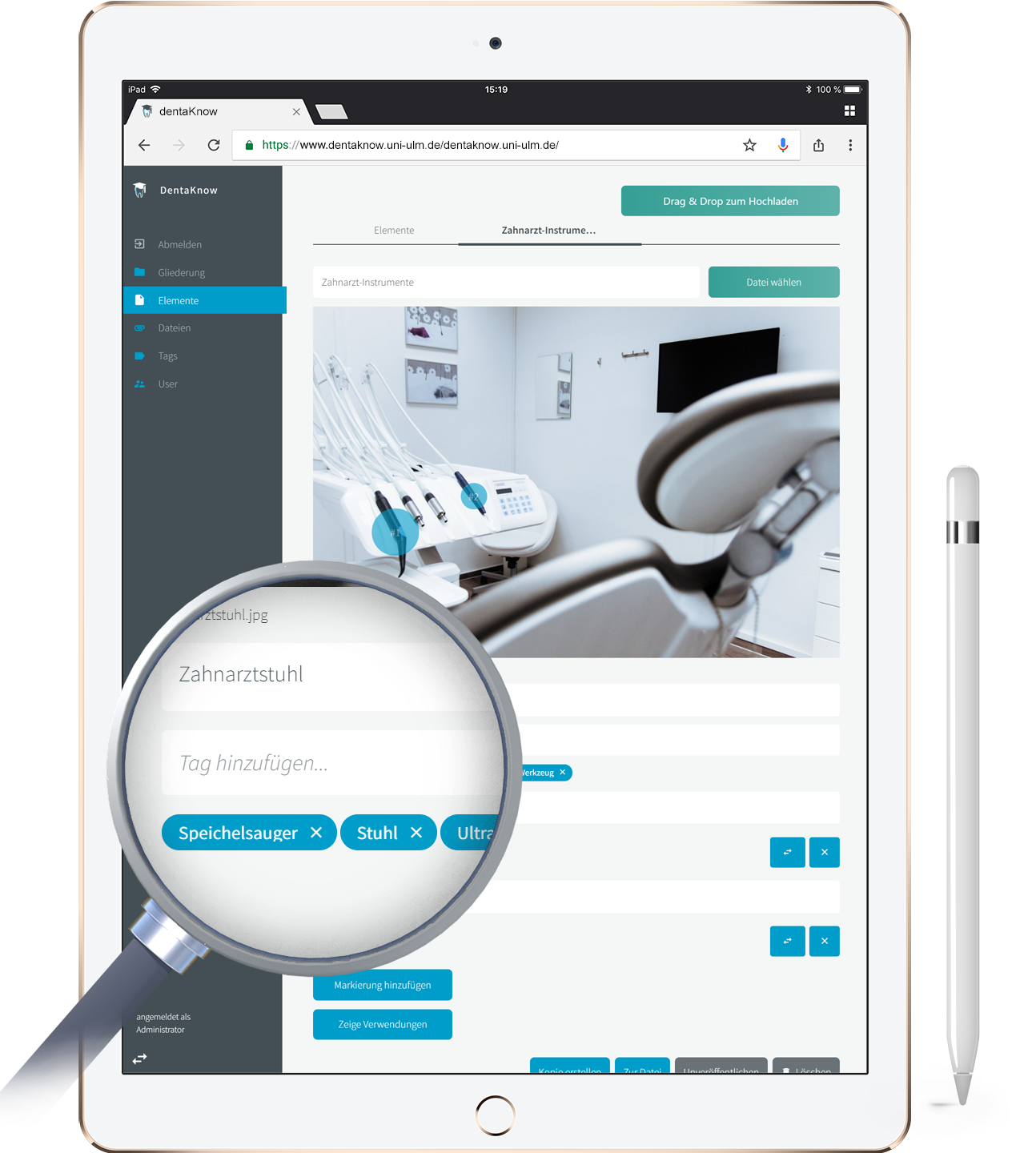
Wanted? Found!
Assets and content elements can be individually tagged for an improved search and filter function in the frontend, but also in the content management system. In order to keep the tagging clear and manageable, the CMS offers a tag management function. Here it is indicated which tags have been created so far and how often they are in use. In order to prevent tags from being created twice and to ensure that all CMS users can agree on unique tags, a recommendation or autocomplete function is integrated for assigning the tags.
Analysis & Automation
When uploading the data, the EXIF data of the assets are read out and automatically set as meta data or tags in the asset and at the same time in the content element. In addition, the various assets are analysed with regard to their type. So the application knows how long a video is or how many pages a PDF has and makes this information directly available to the content management system. This makes the input of the data really easy.

Database à la Graph
DentaKnow uses a graph database instead of a classical relational database to manage the data. It reflects the visuality of the knowledge universe and stores its data with the help of nodes and edges. The content elements correspond to the individual nodes and the relationships to the edges. This kind of networking is very similar to human thinking and in addition, even highly networked information can be clearly displayed and stored.
Flexible
No rigid, inflexible table structures as in classic relational databases
Clearly
Simple, clear and human-like mapping of data relationships
Scalable
No dependence of the query speed on the total amount of data
Fast
High query speed even for complex search queries and strongly networked relationships
Authentication & Authorization
The authentication and authorisation system Shibboleth allows students and employees of the University of Ulm to register directly with their university account in DentaKnow. They do not need any further login. To ensure that only the desired persons are granted access to DentaKnow, additional authentication parameters are retrieved.
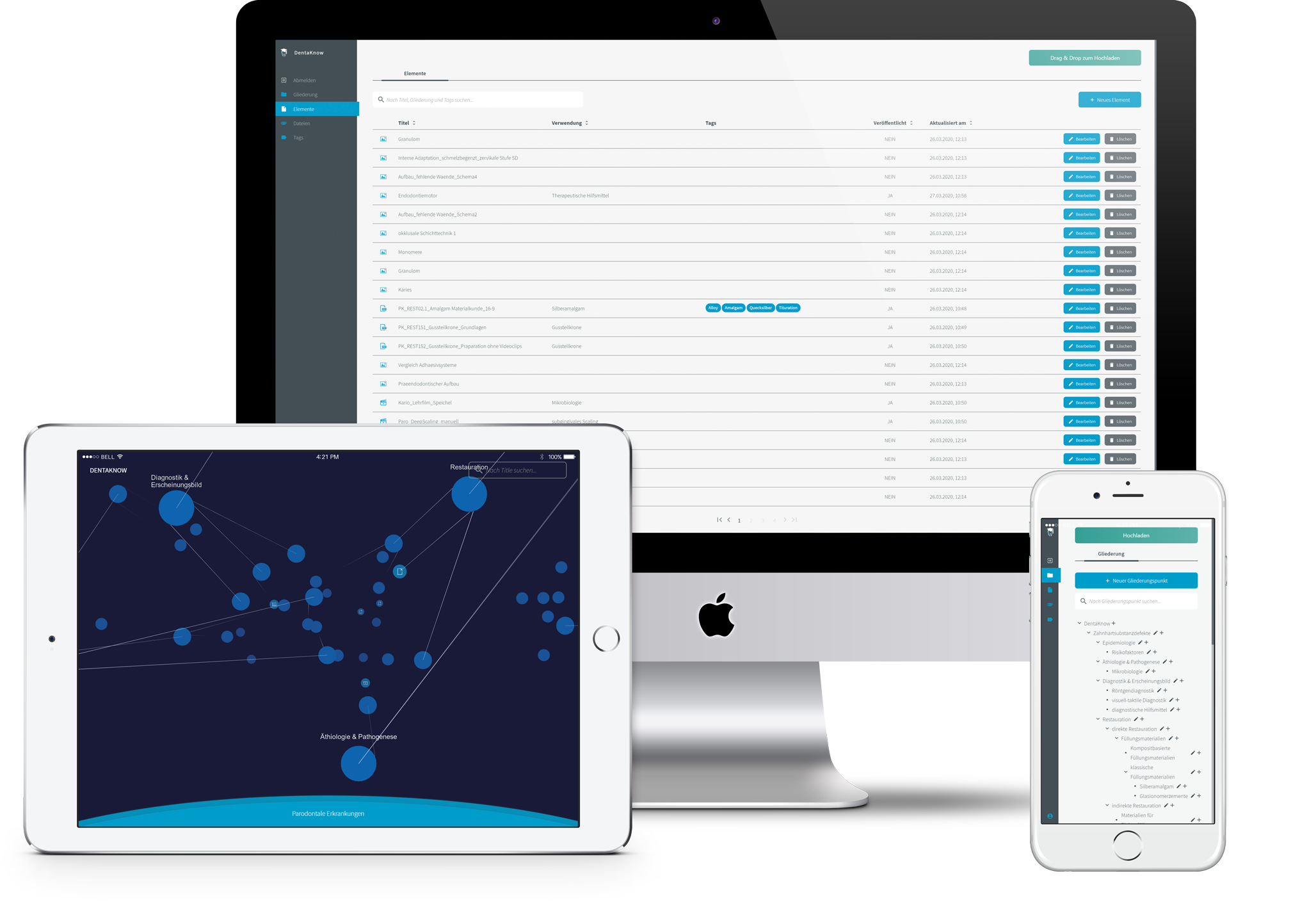
Responsive Design
Thanks to the Responsive Design, the management of data as well as the learning of knowledge content is possible on almost all end devices. This allows the input of new content and the acquisition of learning content on the way at any time.
Features
WebGL
The application has been implemented in WebGL and it is available on all common browsers without plugins.
Content Management
All content can be entered and managed through an customised CMS.
Shibboleth
Students can log-in with their university accounts thanks to Shibboleth authentication.
Responsive Design
The e-learning tool is available on almost all common browsers and devices.
Neo4j
Neo4j is a native graph database that can be used to map relationships and network-like structures of data.
EXIF
EXIF data can be read from different file formats. Thereby meta data or even tags can be generated automatically.
Tagging
During tagging, elements are marked with additional informations. This allows an improved search in the CMS & Frontend.
Multiupload
Multiupload allows you to upload multiple data simultaneously. The user receives feedback on each individual upload status.